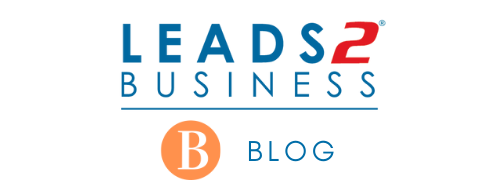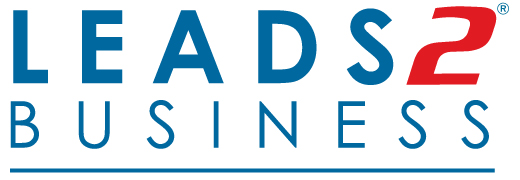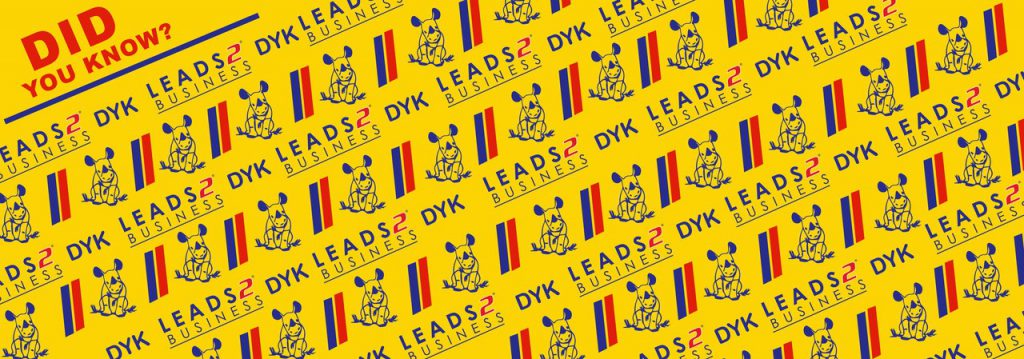What is Contractors All Risk insurance?

From the conception, construction sites face a variety of hazards that could cost the contractor and all those involved both time and money if they do not have the best resources in place.
➔ What is Contractors All Risk Insurance?
Contractors’ all risks (CAR) Insurance (also referred to as contract works insurance) is a non-standard insurance policy that covers all risk normally associated with a construction project.
CAR insurance coverage is common for construction projects such as buildings, water tanks, sewage treatment plans, flyovers and airports.
With Contractors All Risks insurance, the insurance company will pay for the partially completed extension to be re-built, so you don’t have to. Without this level of protection, having to pay for the materials and labour costs in rebuilding the extension could cost a small fortune and may even render your company bankrupt.
➔ What does Contractors All Risk Insurance cover?
All Risk Insurance covers all types of building and civil engineering construction including, residential housing or estates, commercial development (such as office blocks, warehouses and shopping centres, hotels, institutional developments etc.) and civil infrastructure (such as roads, dams, storm water and pipelines), protecting the insured against the dangers that may threaten these works whilst under construction. It covers the work you are currently doing on a building site and can be designed to pay for the cost of repairing or restoring anything that is damaged or destroyed, including the cost of the labour, materials and tools.
➔ What are the types of risk in Construction Projects?
1. Property damage – damage to property can include improper construction of structures, damage that happens during a renovation and damage to temporary work erected on-site.
For example, You’ve almost completed a house extension when there’s a fire on site and the extension is partially destroyed. Your contract works insurance covers the cost of repairing the work however the client would be responsible for damage to the existing structure.
Or, you’re building a new commercial property when heavy winds and storms rip off the roof. Your contract works insurance covers the cost of replacing the roof.
2. Third-party injury or damage claims – Third parties, including subcontractors, may also become injured while working at the construction site.
➔ Who is liable to get the Insurance?
The responsibility for getting Contractor’s All Risks insurance falls on the Contractor. CAR coverage may be extended to cover the interests of manufacturers, suppliers, contractors, and subcontractors.
Taking all of the above into consideration, it is important that contractors acquire the necessary cover for their particular projects in order to ensure that they do not experience any unnecessary loss following an incident.
To view more articles, please visit the Leads 2 Business Blog.
If you are interested in becoming one of our subscribers, please visit Leads 2 Business.
To view notes with screenshots on how to use our website, please visit the Leads 2 Business Wiki.
Sources:
Investopedia
Consort
Business Dictionary
Design Buildings
Civilsure
About Candice Van Aswegen
I started working for Leads 2 Business in May 2012 as an Account Co ordinator and more recently the Deputy Head of Department for the Telesales team. I schedule appointments for the Account Executives with potential clients.











